To follow our exploration of ‘Innovation’ and ‘Net Zero’ as part of our ‘Recipes for Food System Transformation’ series, here we dive into trends and emerging signals of change on diversity and justice, specifically within the United States’ food and agriculture context. These learnings were garnered as part of Forum for the Future’s Growing our Future initiative, which aims to accelerate the transition to a just and regenerative agriculture system in the US. Our hope is that these insights provide a lens through which to understand how a deeply diverse transformation can take place in other regions and contexts. We bring in examples of transformation in Central America and Asia to illustrate transition pathways toward a more diverse, just, and resilient global food system.
Our planet is undergoing a sixth mass extinction due to dramatic losses of biodiversity. Why does diversity matter? In agriculture, a field dominated by one crop will eventually deplete the soil, become overrun by pests and disease, and ultimately fail to meet the needs of both a balanced ecosystem and a thriving community. In nature, and in human diets, diversity is fundamental to good health and resilience. From field to fork, we need diversity as the founding pillar of our food system, for both nature and people to thrive.
However, our global food system is currently failing to make healthy, nutritious, tasty, and sustainable food affordable and accessible to most people. How might embedding the diversity principle more deeply, into all aspects of our food system, help to resolve this? What might this look like? And are we getting closer to it?
Along the journey of our work on the Protein Challenge, we have seen increasing acceptance of the need to diversify protein sources to lessen the focus on animal protein – for both human and planetary health – and bring in more plant-based innovations. But we have also observed how a laser focus on meat alternatives, for environmental or animal welfare outcomes alone, risks ignoring the need for diversity of ingredients (with mono cropped foods such as soy and corn still dominating), and diversity in culturally appropriate diets (many plant-based meat alternatives center burgers and chicken nuggets and ignore diverse global cuisines). And importantly, these alternative solutions arguably fail to address diversity and justice to benefit farmers: the backbone of our food system.
In the US, exclusion and consolidation define the current food system. In an investigation by The Guardian and Food and Water Watch, the top US companies control an average of 64% of sales in 61 popular supermarket items in the nation, citing, “only 15 cents of every dollar we spend in the supermarket goes to the farmer.” If power, wealth, and resources continue to aggregate and leave behind vulnerable farmers on the path toward environmental sustainability, the risk is a shallow transition that, by failing to respect a diversity of needs or include a diversity of perspectives and voices in decisions, perpetuates the inequities of our current dominant system. Across global operating contexts, when farmers are left behind, we miss opportunities to co-create a truly resilient food system with diversity at its core.
Transforming a food system rooted in injustice
What can the US food system tell us about the need for diversity? The legacies of a US food system built on genocide and forced labor continue to exclude and disadvantage Black, Indigenous, and farm communities of color (BIPOC); the wealth disparity between white and BIPOC farmers still plagues the US food system. More evidence of the urgent need for inclusivity and diversity in the food system: in the US, white farmers own 94% of total farm operations, but only represent 59.6% of the population. According to an analysis of the US Census of Agriculture data, it is estimated that the present, compounded value of the Black land loss from 1920 to 1997 is roughly $326 billion. Similarly, stark statistics apply to Indigenous and other farm communities of color.
But it is these marginalized communities who have preserved and led regenerative principles for generations. In a survey by Growing our Future partners at the National Young Farmers Coalition, young BIPOC farmers are more likely to steward conservation practices, without access to the supports of their white counterparts. Currently, only 1% of farmers of color are enrolled in the largest USDA Conservation Programs that provide funding and technical assistance for de-risking adoption of regenerative and soil health practices.
What’s more, BIPOC farmers experience disproportionate impacts of climate change but are less likely to have crop insurance to protect them from climate risk. Climate change “does not discriminate, but the system that prepares farmers for it does.”
As Loren Cardeli of A Growing Culture explains in an interview with Civil Eats, the current focus on regenerative agricultural practices “fails to address the power imbalance within the food system and dismisses the traditional community-based approach to land management… an omission that will significantly reduce its present-day impact.”
To address these systemic social injustices requires a deep approach to diversity – where historically disenfranchised and marginalized communities play a central role in designing (and reaping the benefits of) agriculture system transformation. Food system transition must forge a path toward recognising and redistributing value and power so that everyone can thrive.
- How might my business cater to a wider range of needs across our whole value chain, from farmers and workers through to consumers?
- Where is my business doing well on incorporating deep diversity into its approach to preparing for the future?
Unlocking deep transformation will require a restructuring of power dynamics at each level.
True deep diversity will mean that historically marginalized voices not only have a “seat at the table” – but that we create a new table altogether, with new rules and norms.
Intersectional coalitions, like the broad-based communities formed through the Growing our Future and the Protein Challenge Southeast Asia initiatives, are actively exploring what it means to collaborate in a way that centers the needs of farming communities. In the US, other long-standing coalitions have been working for decades towards a more just agricultural system, such as Growing our Future partners Rural Coalition and Intertribal Agriculture Council.
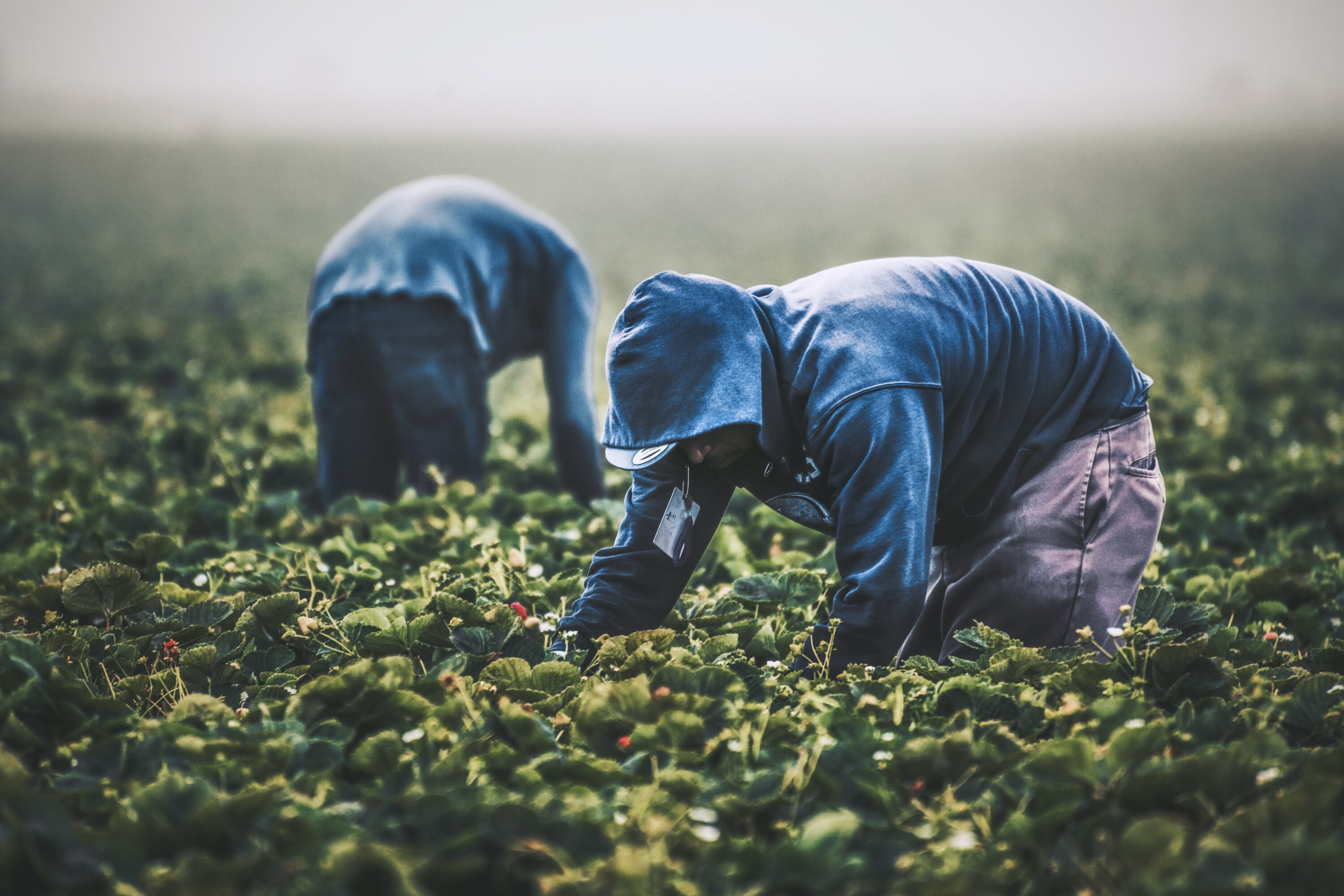
Signals
Emerging signals of deep diversity point to many pathways on the road to a more just, resilient, and diverse food and agriculture system. What can we learn from current movement-building towards diversity of voices in food systems?
- Diverse coalitions such as the Native Farm Bill Coalition are actively engaging in negotiations to challenge US Congress members to make access to USDA programming a priority for historically underserved farm communities for the upcoming 2023 Farm Bill, the biggest piece of legislation in the US.
- USDA Office of the General Counsel appoints the first Indigenous attorney to lead counsel, USDA establishes office of Equity & Diversity and appoints Equity Commission
- California Food and Farm Resilience Coalition co-sponsored the Equitable Economic Recovery, Healthy Food Access, Climate Resilient Farms, and Worker Protection Bond Act (AB 125) in 2021, which proposed a $3 billion investment over five years
- The US Department of the Interior recently returned 465 acres of unceded sacred territory in modern-day Virginia to the land’s original Native stewards, the Rappahannock
- Philanthropist McKenzie Scott challenges the status quo of funding power dynamics by focusing on unrestricted donation and long-term investments to support organisations, intentionally “shifting power and de-centering herself as a donor.”
How do we remove the hurdles in place to deep diversity?
Identifying the problems and barriers for deep diversity is an integral step.
What can my business do to understand the needs – both short and long-term – of upstream producers who are more vulnerable to climate change and disruption in the future?
Hearing – and honoring – the needs of communities on the ground takes time, resources, and courage. While we build new models for participation and collaboration, incumbent systems must be willing to take leaps of faith to open up counsel and collaboration at the top levels of decision-making.
Who is currently marginalized where my business operates, or under-represented in decisions about the future of my business’s value chains or wider sector? How can my business collaborate with other changemakers in the sector to address injustice in the food system?
Cultivating pipelines for diversity at all levels of leadership in public and private sectors
There are other organisations that have started to address barriers to access for marginalized communities in the agriculture industry. California Harvesters, Inc. provides benefits and other opportunities to farmworkers and is governed by a worker-led trust, from which members can eventually be elected to the Board of Directors. Similarly, the Black Historical Research Project in Oklahoma, in partnership with the Conservation District of Oklahoma, is laying a foundation for socially disadvantaged and veteran farmers to build relationships at the local, state, regional, and national levels, to lend their voice to conservation planning and become leaders on local Conservation District boards which have significant sway in distributing technical assistance towards regenerative systems.
Outside of the US, Nicaragua exemplifies how radical reorientation of agroecological hierarchies can lead to decentralization and self-sufficient food systems. Following colonization, repressive regimes, insurrections, and war, Nicaraguan farmers implemented a peasant-to-peasant method of spreading food production practices. Perseverance and resilience, in addition to low-interest loans, cooperation by national institutions at the local level, diversified small farms, and other shared practices have led to increased national food sovereignty: Nicaraguan farmers now produce the majority of rice, beans, and other staples consumed in Nicaragua.
In Northern Thailand, the Hin Lad Nai, an Indigenous tribe of Pgakenyaw people have forged a path of resistance that redefined domestic and international biodiversity standards and policies, challenging the dominant paradigms of extractive agriculture and forestry practices that also excluded the people from inhabiting their ancestral land. Through appeals to international bodies such as UNESCO, and finally gaining recognition and protection from the Thai government, the Hin Lad Nai fought for their cultural practices and showed, through meticulous documentation, that their stewardship regenerates the land while sequestering carbon and restoring biodiversity.
Will it be enough?
We see these examples as guideposts on the way to deep diversity in action; steps towards institutionalizing a collaborative restructuring of power dynamics. However, there is a risk that these initiatives will remain piecemeal and fail to instigate any lasting institutional change towards a more pluralistic and participatory food system. One study of Mexican regional councils that attempted to initiate participatory governance and engagement from organised peasant movements aptly asks the question: “Do ‘Invited Spaces’ Empower?” While the programs across Mexico have proliferated for decades, there is still no independent evidence that this has “actually led to power-sharing in practice.”
Many leaders in the agroecology movement, as well as Indigenous food sovereignty activists we interviewed as part of the Growing our Future initiative, emphasize that the social movements and grassroots organisations should be leading food sovereignty and agroecology movements, but this power shift contradicts market-driven efforts and challenges the status quo of the current food system. International conventions focused on food, such as the UN Biodiversity COP and the UN Food Systems Summit, have sought to increase the engagement and diversity of the stakeholders involved. However, food system transformation advocates argue that we need to flatten the power asymmetries between corporations and other types of stakeholders in order to manifest “socially and environmentally just food systems, rights to self-determination and development, and redressing human rights violations.”
Where is my business doing well on incorporating deep diversity into its approach to preparing for the future? Where are we missing opportunities to hear from and respect a wider range of voices?
As an organisation striving to ensure our contribution to a food transition that delivers just and regenerative outcomes in radically collaborative and inclusive ways – we too have our work cut out for us. We recognise that many of the examples highlighted in this piece and throughout our work will require collaboration and support from stakeholders across the system to work toward deep transformation.
Will you join us?
Definitions
- Participatory governance: Participatory governance seeks to deepen participation in the governmental process by examining the assumptions and practices of the traditional view that generally hinders the realization of a genuine participatory democracy
- Pluralism in corporate governance: Grounded in the concept of enhancing the input of various stakeholders and lessening the control of managers in corporate governance
- Food sovereignty: the right of peoples to healthy and culturally appropriate food produced through ecologically sound and sustainable methods, and their right to define their own food and agriculture systems. It puts the aspirations and needs of those who produce, distribute and consume food at the heart of food systems and policies rather than the demands of markets and corporations. (Declaration of Nyéléni, the first global forum on food sovereignty, Mali, 2007)
- Environmental justice is based on the reality that certain groups in society bear unequal environmental and economic burdens like poor air and water quality, as well as unhealthy living conditions resulting from industrial, municipal, and commercial operations and/or federal, state, and local laws, regulations, and policies. It is the idea that all people and communities have the right to equal environmental protection under the law, and to the right to live, work and play in communities that are safe, healthy, and free of life-threatening conditions. Environmental justice is made possible when all communities have access to information and decision-makers that enable them to take action and create positive change for themselves. (definition from Detroiters Working for Environmental Justice, an organisation engaging in Forum’s American Climate Futures initiative)
Join the conversation
Curious to learn more? Have ideas, innovation, or feedback to share?
- Contact Michelle Stearn to stay tuned and learn more about the deep collaboration that the Growing our Future initiative is forging in the regenerative agriculture space in the US
- Reach out to Hansika Singh to learn more about our work and join us in scaling regenerative agriculture to shape the food transition in India
- Contact Carrie Bewick to share your efforts to embed diversity from farm to fork in the and hear more about our work on scaling up regenerative agriculture in the UK.
Recommended Reads
- Critical pedagogy for food systems transformation: Identifying and addressing social-justice problems in food systems and society
- Critical food systems education (CFSE): educating for food sovereignty
- Young Farmers Are Growing Food for Climate Action and Racial Justice
- Reflexive Participatory Governance for Agroecological Transformations
- Editorial: Resetting Power in Global Food Governance: The UN Food Systems Summit
Sources
- Accountability Politics: Power and Voice in Rural Mexico.
- Hin Lad Nai: A Successful Model of Indigenous Resistance
- The Last Plantation: Denied Loans, Delayed Payments, All Have Victimized Black Farmers Bill Spiegel
- Are We in the Middle of a Sixth Mass Extinction?
About Recipes for food system transformation
From November 2022 to March 2023, we published a series of insights into how to drive more transformative change in the global food system. We drew on a range of perspectives, including Forum’s own work on the future of food, in particular. what we have learnt from our multiple initiatives on the future of protein, as well as insights emerging from COP27 and other events, initiatives, and conversations happening around the world. We delved into what is stopping us all from achieving more positive change, what is working, and what more is needed to shape the transitions needed for the world to thrive.
We hope this will inspire change-makers across the food system to think differently about what action they can take and how – join us in this conversation and tell us what you think!
This Live Research is being hosted by Forum for the Future’s Great Protein Transformation Challenge, which has been kindly supported by Hershey’s, Nestle, Volac and WWF. The views shared here do not necessarily reflect the views of these supporting organisations.
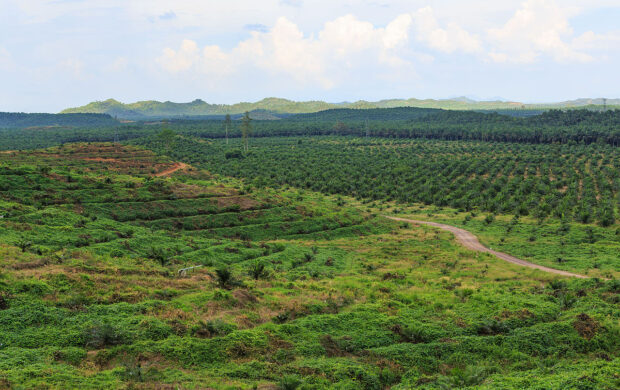
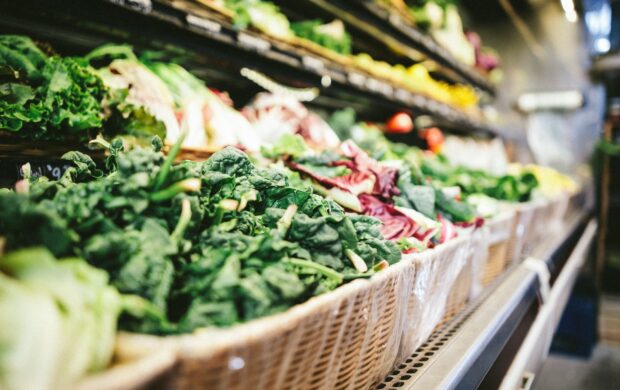
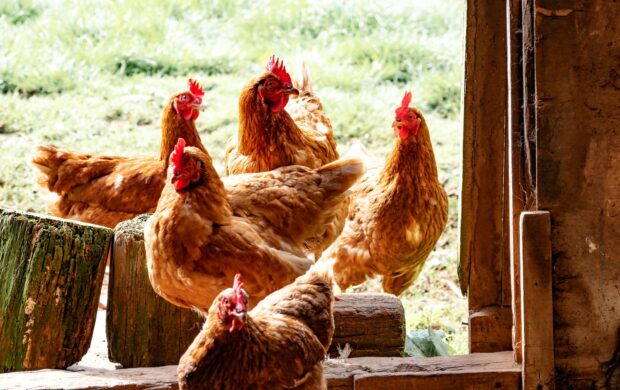


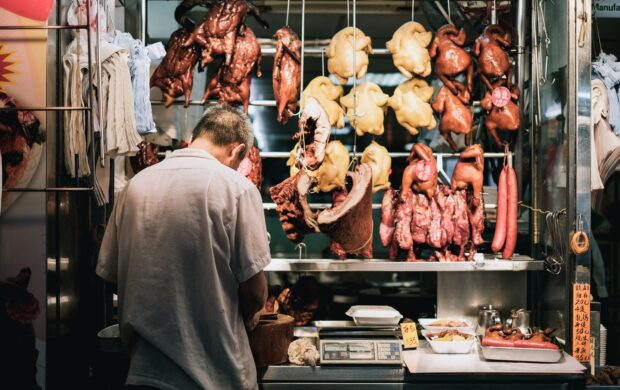
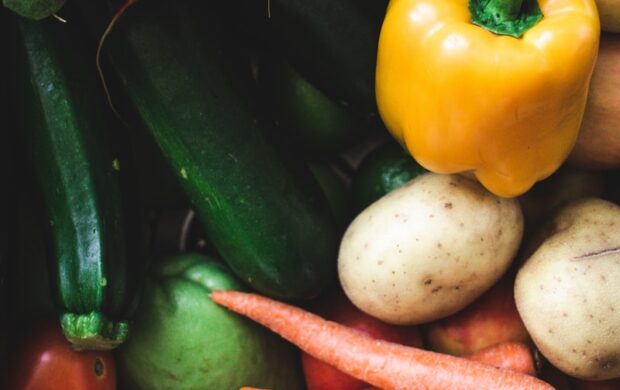


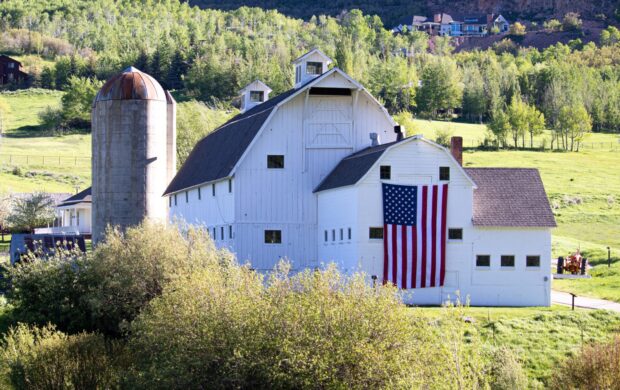

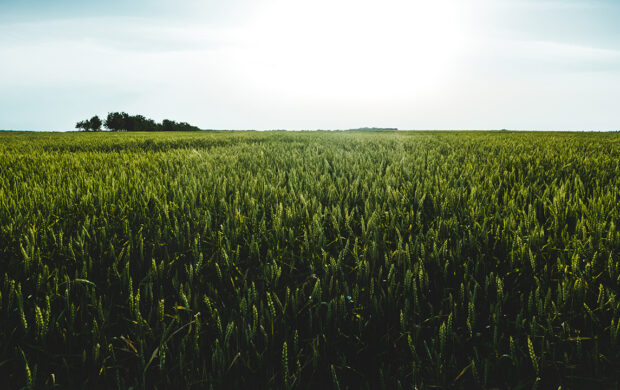

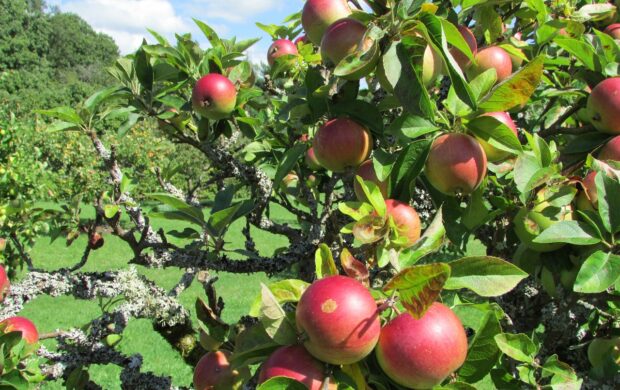

Love this discussion. Thank you!